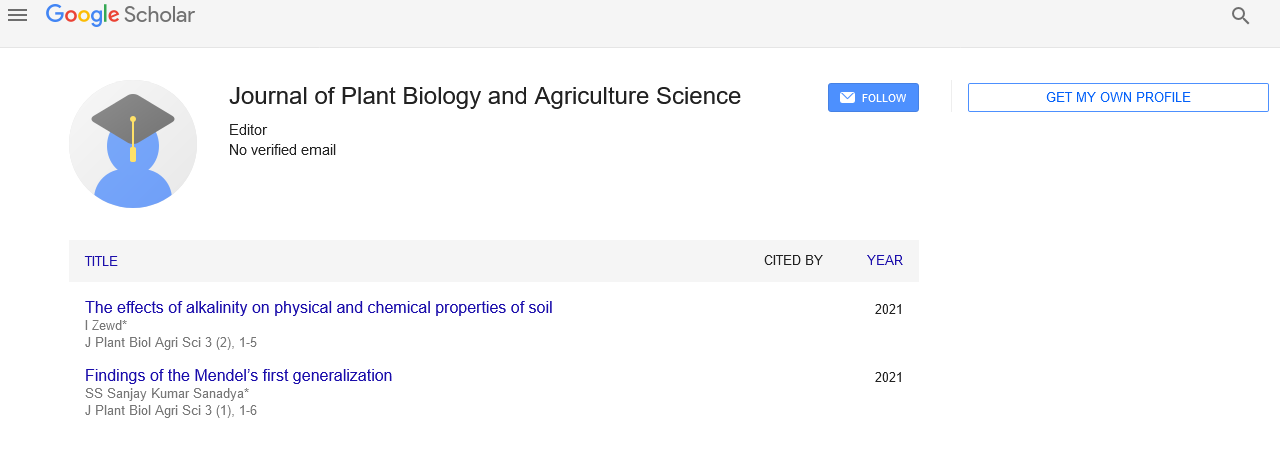
Sign up for email alert when new content gets added: Sign up
Abstract
Valorization of crude glycerol with the use of a Yarrowia lipolytica strain: production of metabolites with biotechnological interest
Author(s): Dimitris Sarris1 , Anna Rapti1 , Seraphim Papanikolaou2 Anna Rapti1 , Seraphim Papanikolaou2 1 Department of Food Science and Nutrition (University of the Aegean, Greece) 2 Department of Food Science and Human Nutrition (Agricultural University of Athens, Greece)Valorization of crude glycerol with the use of a Yarrowia lipolytica strain: production of metabolites with biotechnological interest
Dimitris Sarris1 , Anna Rapti1 , Seraphim Papanikolaou2
Anna Rapti1 , Seraphim Papanikolaou2 1 Department of Food Science and Nutrition (University of the Aegean, Greece)
2 Department of Food Science and Human Nutrition (Agricultural University of Athens, Greece)
Abstract Crude glycerol is the main by-product of alcoholic beverage and oleochemical production activities (including biodiesel production). The tremendous quantities of glycerol produced worldwide represent a serious environmental challenge. The aim of this study was to investigate the ability of Yarrowia lipolytica strain ACA-DC 5029 to grow on nitrogen-limited submerged shake-flask cultures, in media with ascending initial glycerol concentration (~70 g/L, ~120 g/L and ~170 g/L) and produce cellular mass, cellular lipids, citric acid and polyols. The yeast strain managed to fully assimilate crude glycerol in all experiments. In media with initial glycerol concentration (Glol0~70 g/L) maximum biomass production (Xmax) was 11.96 g/L (yield of biomass produced on substrate consumed, YX/Glol=0.17 g/g) and maximum production of cellular lipid (Lmax) 1.27 g/L (yield of microbial lipid produced on dry biomass produced YL/X=10.6% w/w). Maximum citric acid production (Citmax) was 42.5 g/L (yield of citric acid produced on substrate consumed, YCit/Glol=0.59 g/g) and maximum erythritol production (Erymax) was 14.9 g/L (yield of erythritol produced on substrate consumed, YEry/Glol=0.23 g/g). In media with Glol0~120, Xmax was 12.40 g/L (YX/Glol=0.10 g/g) and Lmax was 2.07 g/L (YL/X=19.7% w/w). Citmax was 63.8 g/L (YCit/Glol=0.52 g/g) and Erymax was 38.4 g/L (YEry/Glol=0.40 g/g). In media with Glol0~170 g/L, a shift towards erythritol production was noted (Erymax~66.0 g/L, YEry/Glol~0.39 g/g) simultaneously with high amounts of produced citric acid (Citmax~79.0 g/L, YCit/Glol~0.46 g/g). Xmax was 12.48 g/L (YX/Glol=0.08 g/g) and Lmax was 2.54 g/L (YL/X=22.4% w/w) suggesting that higher concentrations of crude glycerol in the media clearly favoured the production of cellular lipid. Fatty acid analysis of microbial lipids demonstrated that in media with high glycerol concentration, oleic acid production was favoured.




